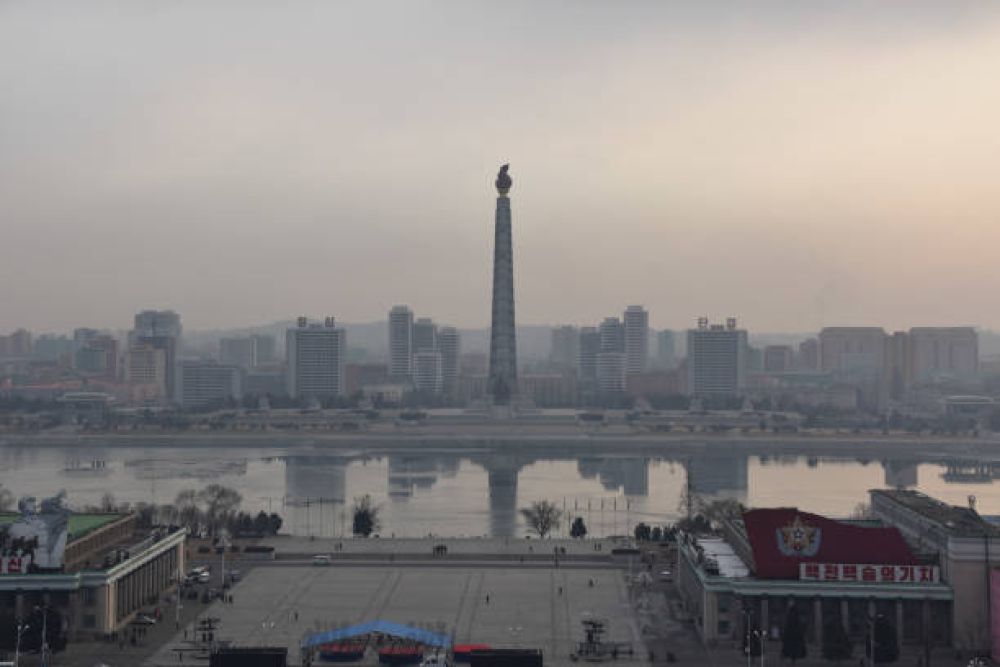

The Democratic People's Republic of Korea (DPRK), commonly known as North Korea, is one of the most isolated and enigmatic destinations in the world. Its tourism industry is tightly controlled by the government, with the capital city of Pyongyang being the main showcase for visitors. Tourism in North Korea has a relatively short history due to its self-imposed isolation and strict control over foreign visitors.
Tourism in Pyongyang officially began in the late 1980s, when North Korea started to allow limited numbers of Western tourists to visit. These early tours were highly orchestrated and choreographed by the government. The primary intent of these tours was to showcase the successes of the socialist regime rather than to create a genuine cultural exchange.
The number of visitors has remained quite low compared to global tourism figures, with most tourists coming from China and Russia. It wasn't until the early 2000s that North Korea began to open up more widely to Western tourists, though with many restrictions still in place.
Taedong River: The Taedong River is a significant geographical landmark in Pyongyang, offering picturesque views of the city. Visits to the river are usually part of guided tours, with several monuments and historical sites along its banks, such as the Juche Tower and the Kim Il-sung Square.
Kim Il-sung Square: Named after the founding leader of the DPRK, Kim Il-sung Square is one of the largest public squares in the city. It is a common feature in the country's mass gatherings and military parades. Tourists may visit the square, but their activities and interactions are usually closely monitored.
The latest trend in North Korean tourism has seen a slight increase in flexibility with the introduction of special economic zones geared towards tourism and investments. Despite this, tours remain strictly regulated, with all tourists required to be accompanied by government-appointed guides at all times.
New modes of tourism, such as cycling tours and marathons, have been introduced, allowing a slightly different perspective of the country for visitors. However, North Korea's tourism industry took a hit with the onset of the COVID-19 pandemic, resulting in border closures to international tourists.
Virtual Tours: In response to travel restrictions stemming from the COVID-19 pandemic, there has been a surge of interest in virtual tours and online experiences. While not a substitute for in-person visits, these digital experiences provide a rare glimpse into Pyongyang and other parts of the DPRK from the comfort of one's home.
Despite the many restrictions and challenges, tourism in Pyongyang continues to intrigue international travelers, offering a unique glimpse into one of the world's most closed societies. The experience of visiting attractions such as the Taedong River and Kim Il-sung Square remains a carefully curated narrative, constrained by the government's desire to showcase the capital in a specific light. The future of tourism in Pyongyang, much like the country itself, is uncertain, and it remains to be seen how it will evolve in the coming years.